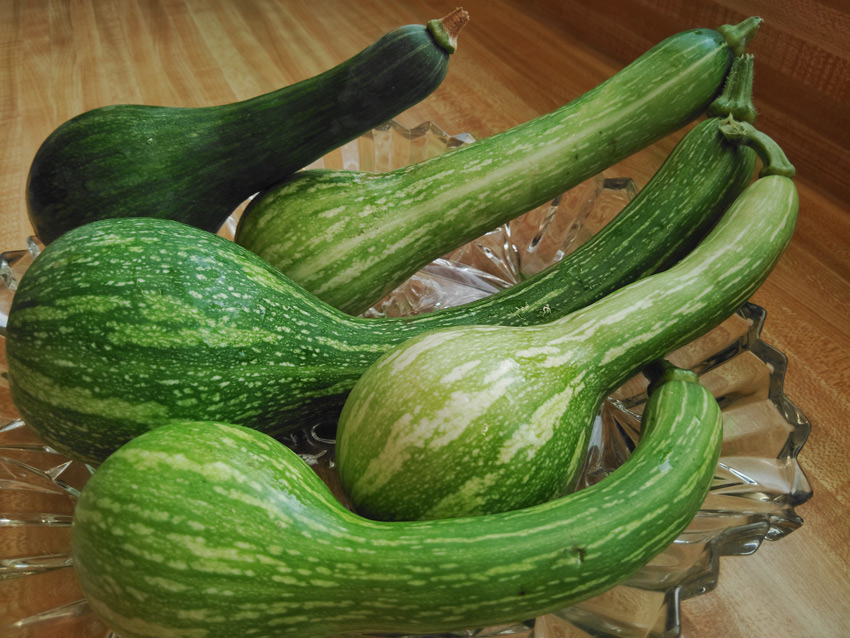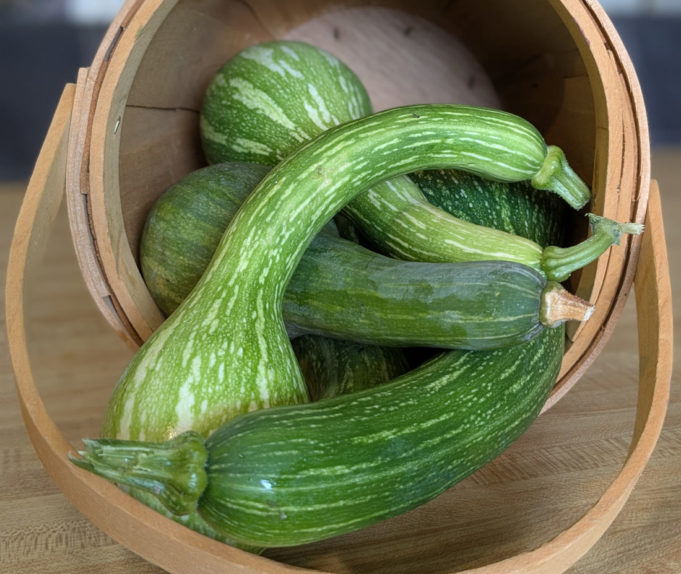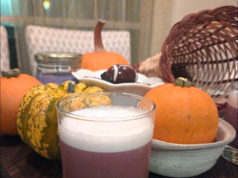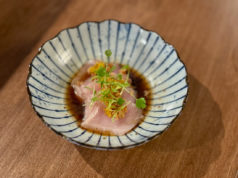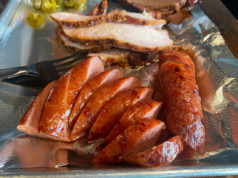We thought we were planting just a few squash plants. Every garden needs variety. What we ended up with were prolific, curling, trellis-climbing giants — producing enough food to feed a small army.
Starting a garden in the backyard seems to be every homeowner’s dream. Who doesn’t want to save money on groceries? My husband and I had the best intentions when we started our little veggie patch in the middle of the yard. We cleared the ground, tilled the soil, planted our seeds, watered them, and waited. Daily chores took us around the garden several times a day, assuring ourselves that supervision was necessary.
We live in Northeast Texas — Zone 8B, according to the USDA Plant Hardiness Zone map — so we had to research what vegetables could handle the intense Texas heat. Timing was important, too. Starting plants too early or too late can ruin an entire crop.
We began with tomatoes in seed trays — Roma, beefsteak, and cherry — along with lettuce, spinach, basil, thyme, and rosemary. When the overnight temperatures consistently stayed above 40°F, we transplanted the sprouts. At the same time, we sowed seeds directly into the soil for watermelon, cucumber, turnips, radishes, zucchini, center-cut squash, peas, kohlrabi, pumpkin, broccoli, Swiss chard, more basil, and a few sprouted potatoes. In another raised bed, we planted lemon balm, red leaf lettuce, mint, parsley, lavender, sage, and chamomile.
About two weeks later, the first sprouts appeared. Peas and beans came first, followed by tiny clusters of baby basil, but the real star of the show was something unexpected: the center-cut squash, a variety we’d never heard of before.
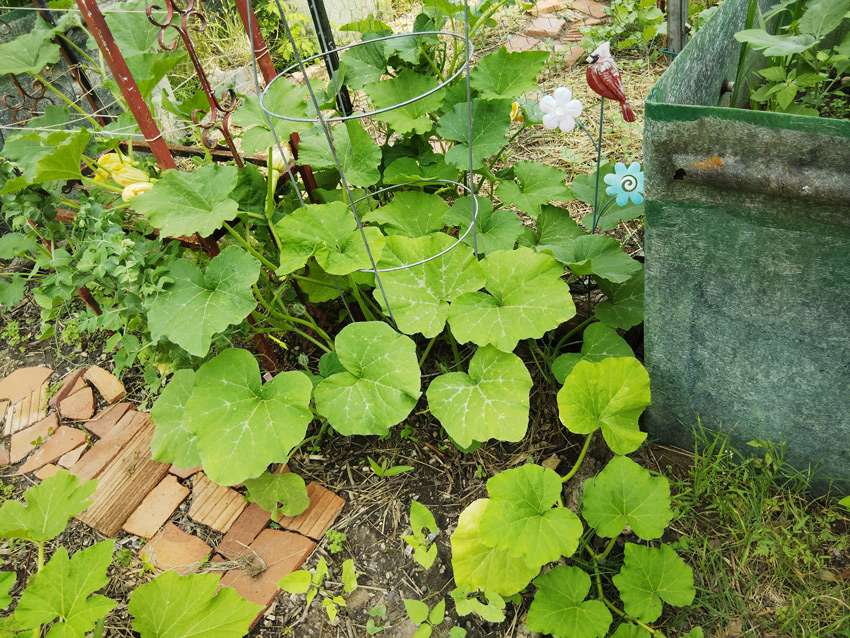
Photo by Jess Delarosa
The seeds had been a gift from a kind neighbor who warned us they’d need a cage and plenty of space. What we didn’t expect was how quickly the center-cut squash would dominate the garden. The variety we planted is an Italian heirloom known as tromboncino, selectively bred by Michael Mazourek for Row 7 Seed Company. Row 7 says the vegetable has a mild, nutty flavor and that “the meat hardens with age.” That description matched our experience exactly.
At first, it looked like any other squash — two round, oblong leaves, similar to pumpkins or zucchini. But within days, the true leaves emerged, the stalks thickened to pencil-width, and the plant latched onto a nearby trellis like it had a mission. Gardening, after all, is one big experiment. What works one year might fail the next. This time, though, it thrived.
Soon, bright yellow blossoms covered the vines, followed by small, bulbous squash in strange and delightful shapes. Left to dangle, they formed long necks with round ends. When trellised, they curled into horseshoes. If picked early, their skin was soft and speckled — tender enough to cook with the skin intact. Left to mature, they turned a deep forest green.
Our family eats a lot of vegetables, but squash and zucchini have always been hard sells for the kids. The smell, the texture — none of it was appealing. But faced with an avalanche of center-cut squash, I had to get creative. After a few stir-fries, I started dicing it small and sneaking it into anything with ground beef: spaghetti sauce, tacos, even quesadillas. Because the squash absorbs whatever flavors surround it, no one noticed. The kids cleaned their plates without a clue.
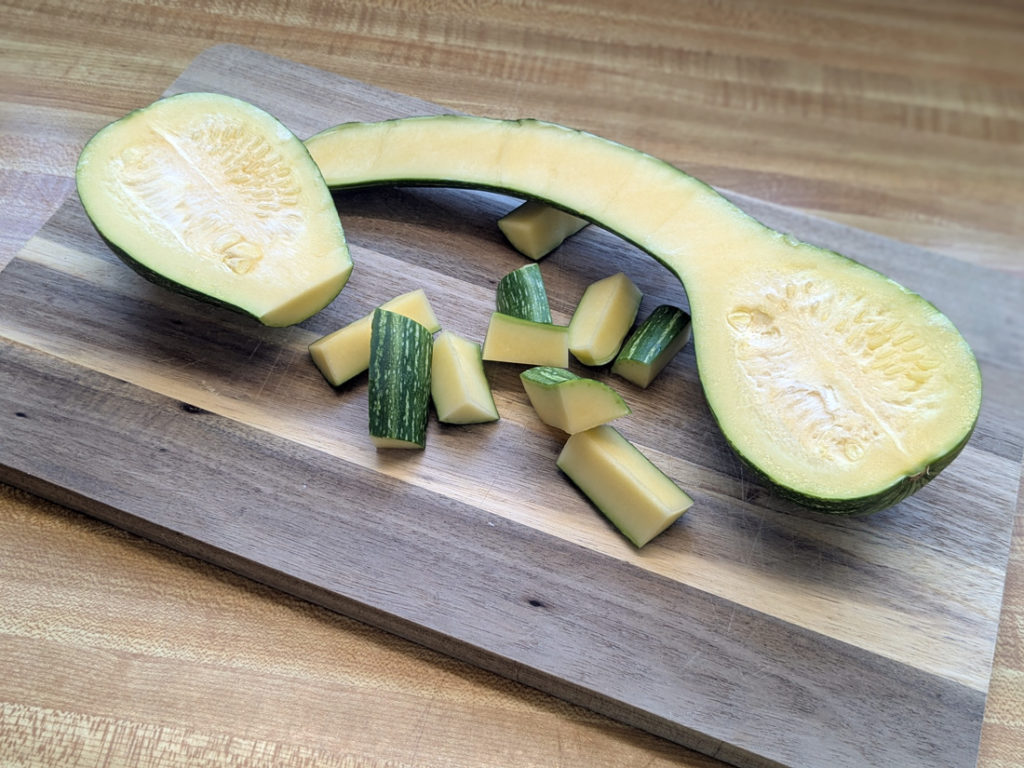
Photo by Jess Delarosa
Our biggest surprise? Chocolate cake. For my husband’s birthday, I used a recipe that called for three cups of grated squash. I reduced the oil and water slightly, crossed my fingers, and braced for failure. But the result was a moist, fluffy cake with a rich chocolate flavor — and not a hint of squash. Even the kids were impressed.
Summers in Texas are a daily battle between heat and hunger. Center-cut squash helped stretch both our snack budget and our meat supply, keeping the family fuller and for longer. We’re still novice gardeners, learning as we go, but this one success has given us the confidence to keep growing — even through caterpillars, heatwaves, and mistakes.
We’ve shared the harvest with neighbors and plan to grow center-cut squash again next spring. If you’re looking for a plant that feeds a neighborhood, hides in a cake, and sneaks onto your kid’s plate without a fuss, drop a seed in the soil, add a trellis, and let it surprise you.
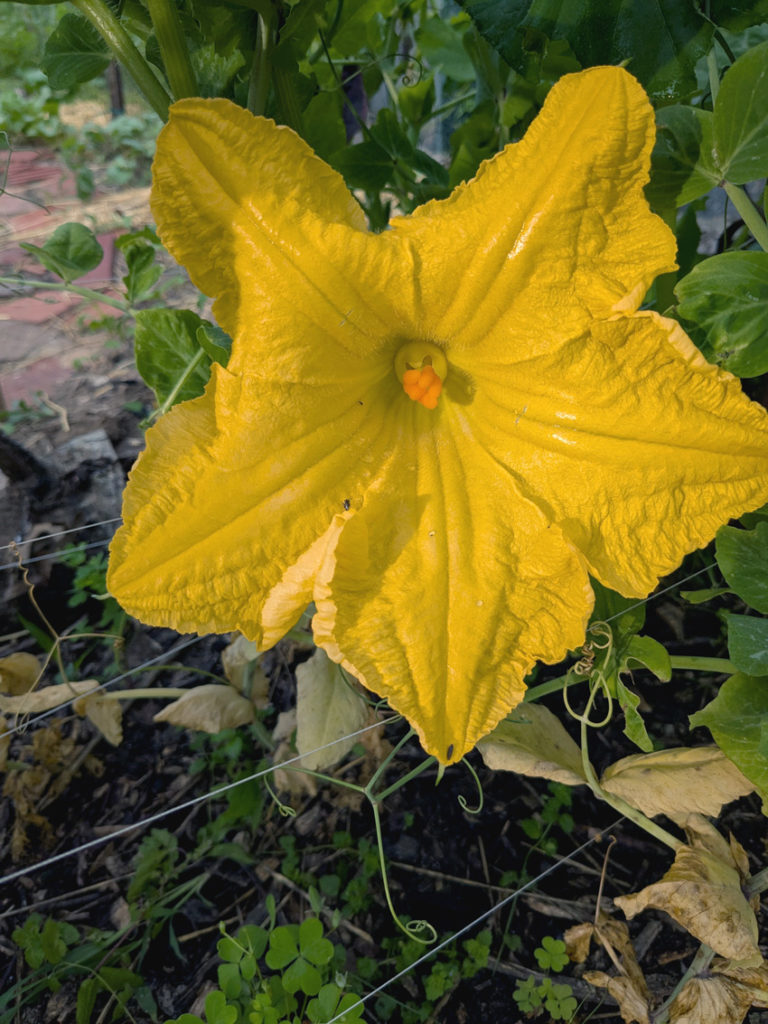
Photo by Jess Delarosa
